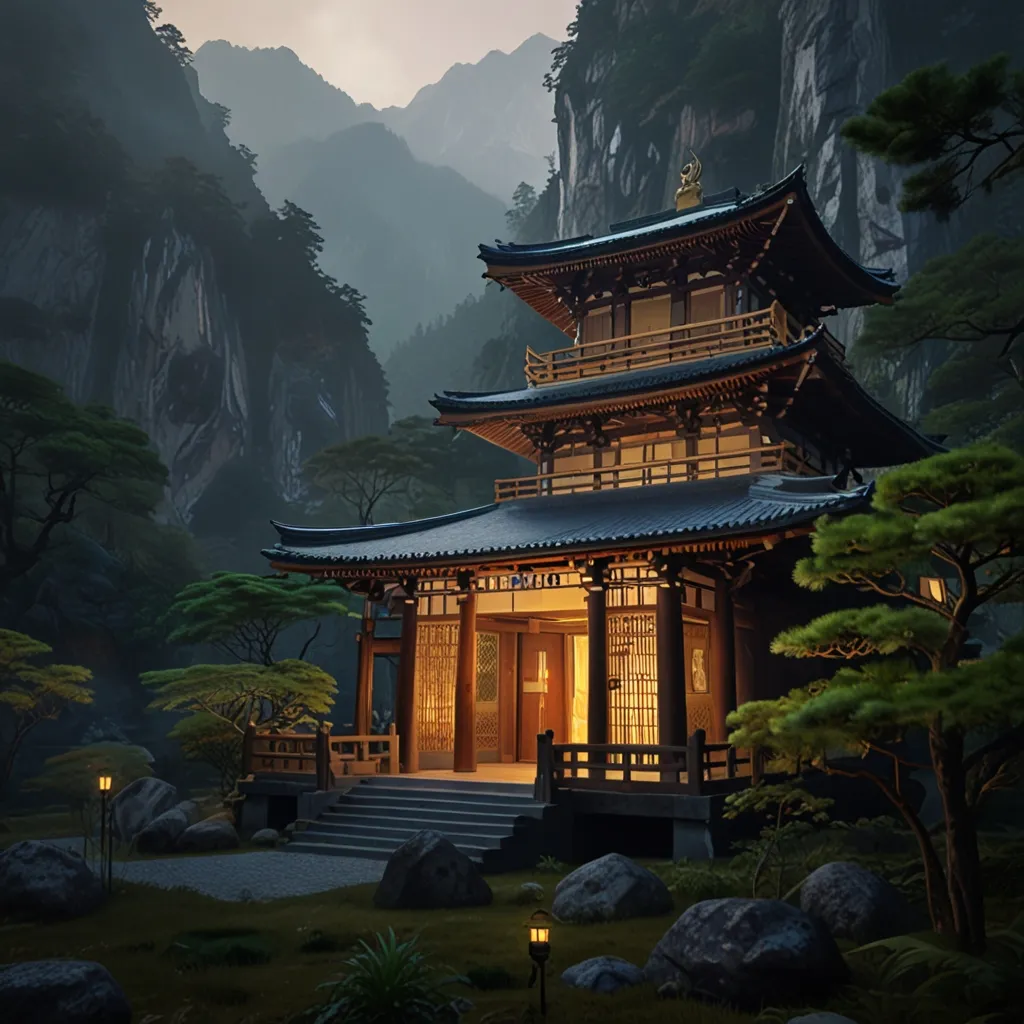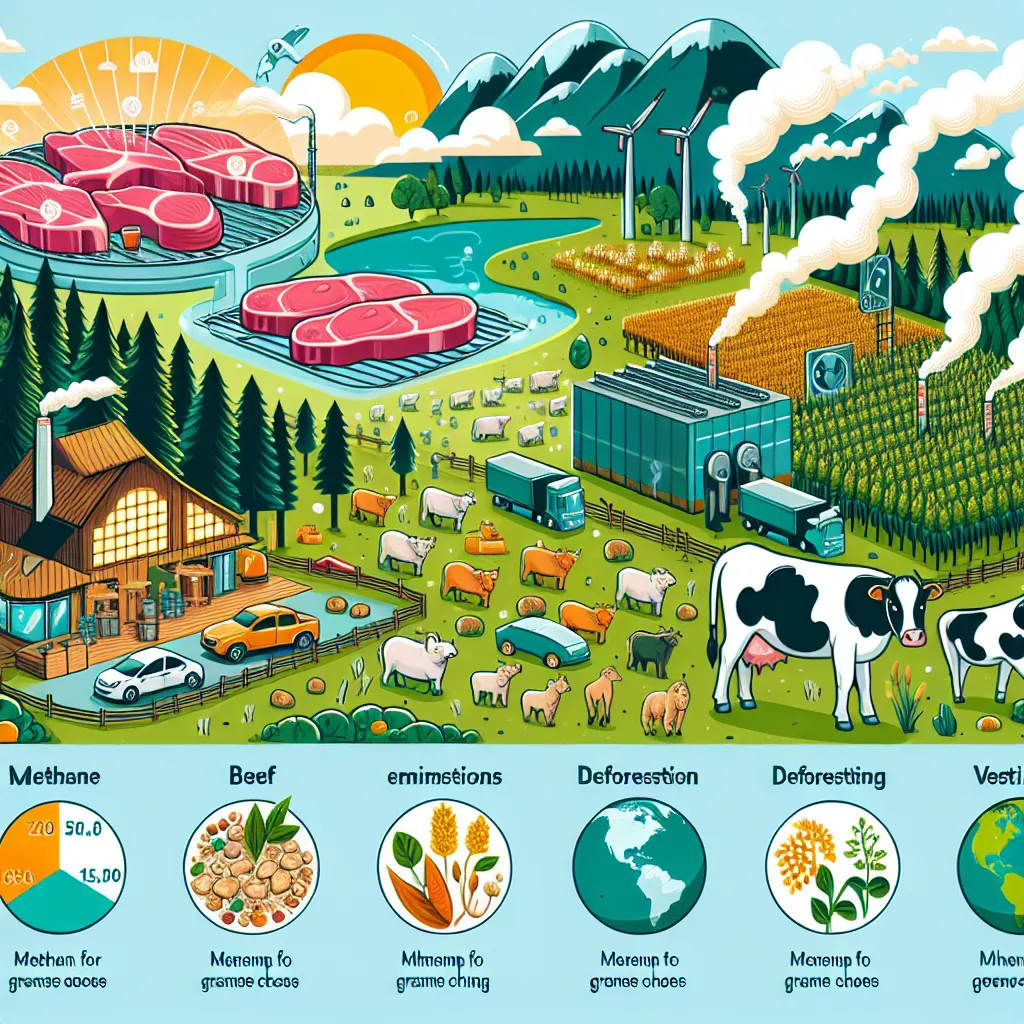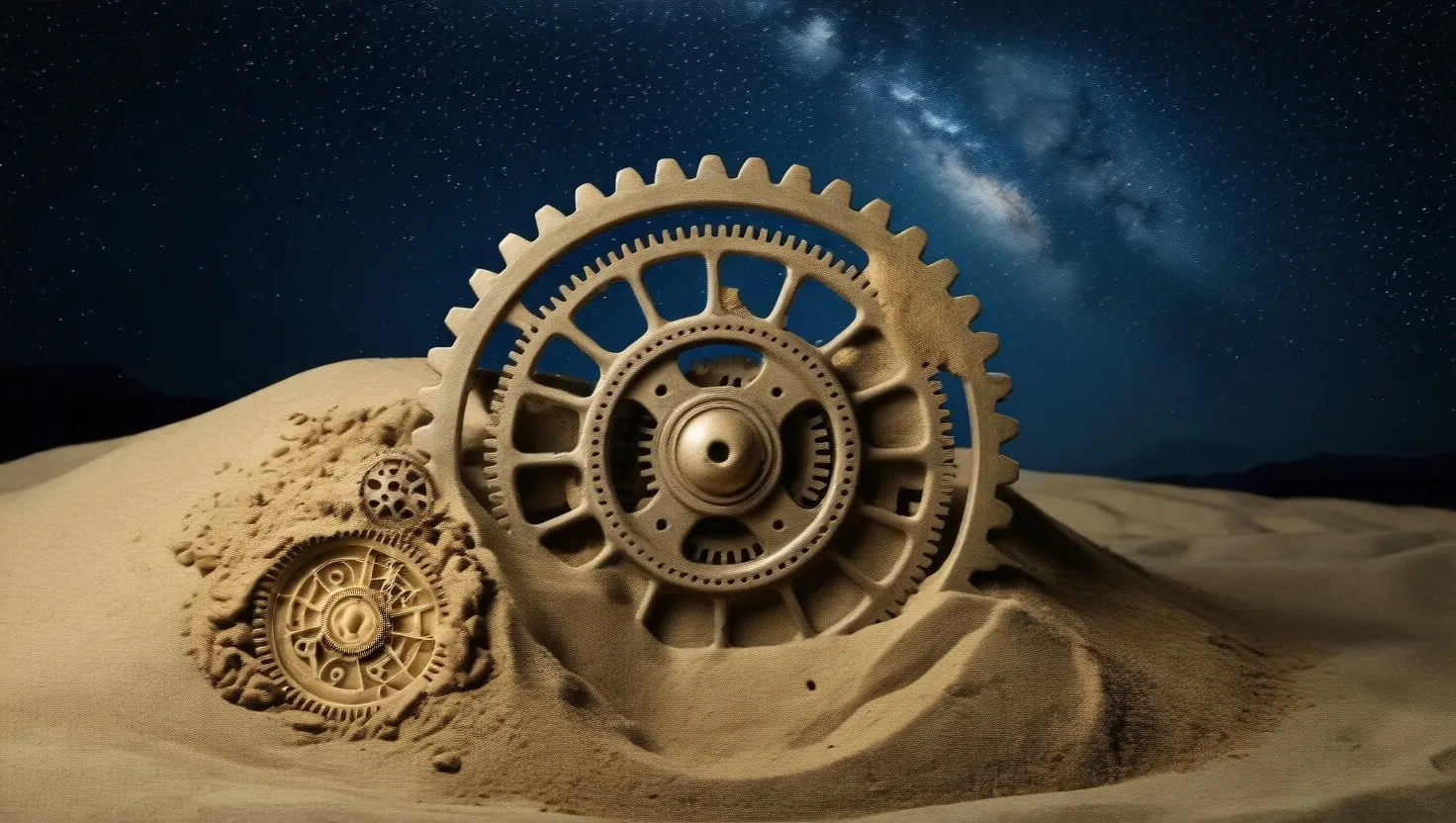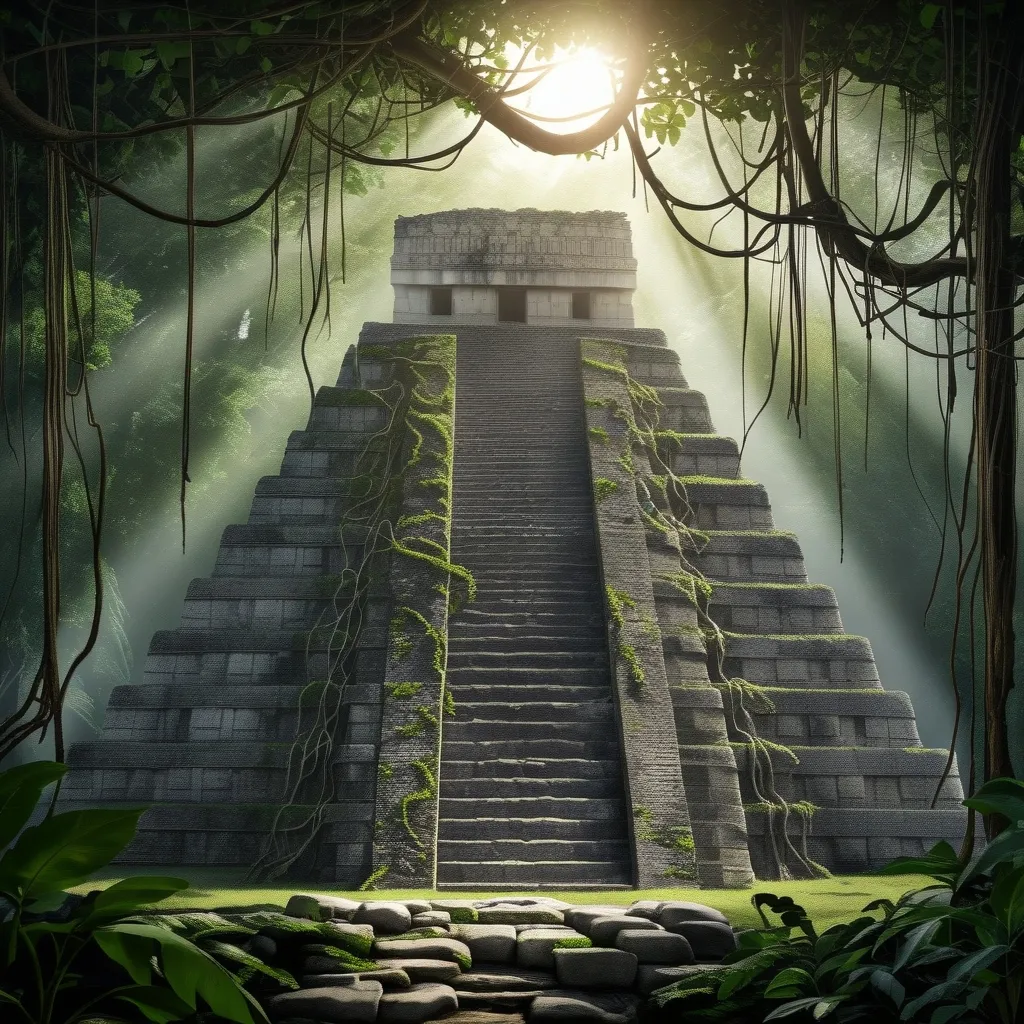Mount Yudono in Japan houses the Dainichibo Temple, a place where history and mysticism intertwine extraordinarily. The temple, resting at the base of this sacred mountain for over 1,200 years, is the resting place of Daijuku Botasutu Shinnyokai Shonin. His body, preserved within a glass case, symbolizes the ancient practice of sokhushinbutsu—a process known as becoming a living Buddha.
Shinnyokai Shonin, a revered Buddhist monk, died in 1783 aged 96, but the mummification didn’t start posthumously. In a bleak and disciplined ritual, it began six years before his death. This self-mummification, quite literally a journey of self-mortification, was a common practice among Shingon Buddhist monks in Japan from the 11th to 19th centuries. These monks committed themselves to a rigorous path that could easily be called suicidal in modern terms.
The entire process lasted around 1,000 days—about three years. It started with an extremely low-calorie diet, a phase that was meant to rid the body of all fat. But that was just the beginning. The second phase upped the ante with the consumption of urushi tea, a toxic concoction that acted like an internal lacquer. This tea was so toxic that it prevented even maggots from consuming the flesh, thus aiding in preservation.
As the monks neared the end of their mortal suffering, they would retreat into a small chamber, just large enough to sit in the lotus position. Sealed off except for a small reed allowing minimal air intake, the chamber was their final meditation spot. Inside, the monk carried a bell. If the bell stopped ringing, the outside world would seal the chamber entirely, leaving the monk in serene silence. After another 1,000 days, the chambers were unsealed to reveal whether the self-mummification had been successful.
This grim procedure bore fruit only for a select few. Out of hundreds of monks who attempted it, only 24 reached the status of sokhushinbutsu. Those who did were regarded as living Buddhas. They were re-dressed in ceremonial robes and displayed in special temple halls. For those who didn’t succeed, an exorcism was performed, and their bodies were buried in a more traditional fashion.
But what drove these monks to endure such excruciating pain? Central to Buddhist belief is the concept of reincarnation. For the Shingon sect, achieving self-mummification meant transcending into a higher plane of existence. They didn’t believe they were dying; instead, they saw it as reaching a state of suspended animation. In their eyes, the monks were preserving their bodies not as corpses but as vessels to enter another dimension of reality—a place neither entirely of life nor death.
Exploring the roots of this belief leads us back to Siddhartha Gautama, the historical Buddha born around the 6th century BCE. Siddhartha’s journey to enlightenment laid the foundation of Buddhism. He was perceived as an embodiment of human potential, accessible enough for anyone to follow his path to enlightenment, yet surrounded by mythical tales of his extraordinary abilities.
It is said that Siddhartha could teleport across the Ganges River, moving from one side to the other in the blink of an eye. Such stories have led some to wonder if Siddhartha had otherworldly origins. Could the Shingon monks have believed that following the extreme measures of self-mummification might transform them similarly?
Thinking about the life of Siddhartha Gautama brings about an interesting hypothesis—what if he were a star child? Part human, part extraterrestrial, these star children might hint at a lineage far more cosmic than earthly. While it’s a topic teetering on the edge of science fiction, the suggestion adds a layer of mystique to the devotion and extremes the Shingon monks went through.
The ancient practice of sokhushinbutsu might seem extreme or morbid, but it holds an intriguing mix of spiritual aspiration and stark discipline. These monks’ total commitment speaks volumes about the human spirit’s lengths towards achieving enlightenment or a higher state of being. Whether one sees the mummified monks within the glass cases as spiritual symbols or historical artifacts, their stories remain a poignant testament to the power of belief and the extraordinary resilience of the human body and mind.
Mount Yudono, with its serene landscape, and the Dainichibo Temple, with its eerie yet inspirational history, serve as reminders of a time when spiritual aspirations knew no bounds. The practice of self-mummification may belong to a bygone era, but it continues to draw fascination, challenging us to ponder over our own beliefs, the nature of life, and what lies beyond.
Ultimately, the monks who underwent this process weren’t merely succumbing to death. They were embarking on a voyage to what they believed was an intermediary state between life and death. This level of dedication to transcend the human condition and touch the divine, whether rooted in ancient belief or whispers of extraterrestrial transcendence, opens a window into the rich tapestry of human spirituality and the unending quest for enlightenment.





